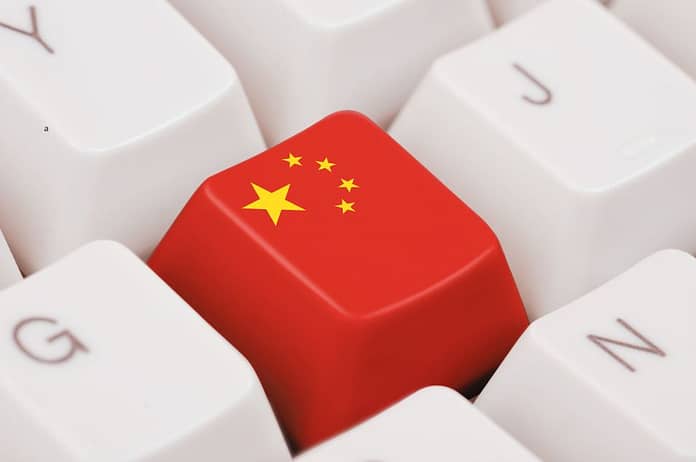Anyone who sees China merely as the “world’s factory” is still looking at a country that no longer exists. In recent decades, the Asian giant has become a continental-scale laboratory, capable of designing proprietary chips, training foundational artificial intelligence models, creating vertical digital ecosystems, and deploying applications for hundreds of millions of people in a matter of weeks. It’s more than technology: it’s culture, strategy, and execution.
I was able to observe all of this up close, having been on-site at companies like Huawei, Alibaba Cloud, Meituan, Kwai, SenseTime, and Nio, and at innovation centers in Beijing, Hangzhou, and Shanghai. I also participated in the 8th World Artificial Intelligence Conference (WAIC), which brought together global leaders around the theme “Global Solidarity in the Age of AI.” This hands-on experience allowed me to observe how technology, culture, and strategy intertwine to create impact on a national scale.
The Chinese machinery begins long before the first prototype. Culture and education are at the center. In a country that was never colonized and boasts over 5,000 years of history, relationships of trust are built slowly, but execution, once decided, is swift. Work follows an intense pace (the famous 9/9/6 model), and education is treated as a strategic vector of innovation, with pressure and investment to develop talent on a massive scale.
This cultural foundation meets a coordinated business and government ecosystem. Huawei, for example, allocates 20% of its revenue to R&D and develops its own AI models; Alibaba Cloud has vertically integrated its entire technology stack and created the Qwen family of models; Meituan serves 150 million daily orders by combining multiple services in a super app; and Kwai already connects more than 60 million users in Brazil to social commerce, a phenomenon that accounts for more than 25% of e-commerce in China. Models like the X27 (a shopping mall converted into a mega live commerce studio) and vehicles like Nio’s, with robotically removable batteries in 3 minutes (BaaS system, battery as a service) and integrated virtual assistants illustrate how innovation permeates entire industries.
What’s impressive isn’t just what China creates, but the speed and scale with which it applies it. AI models trained for specific sectors are rapidly becoming operational, and autonomous agents are already present in retail, healthcare, mobility, and public administration. All of this is supported by a data infrastructure and digital penetration that exceeds 99% of the population.
Brazil, on the other hand, is advancing in a more fragmented manner. We have technical talent, creativity, and a significant domestic market, but we face structural barriers: slower regulatory frameworks, still-timid R&D investments, and little integration between government, business, and academia. Our digitalization is advancing, but without the same technological verticalization and without a robust national strategy that connects sectors and defines long-term priorities.
Of course, the Chinese model isn’t simply replicable. It’s deeply rooted in its history, political system, and culture. But there are clear lessons: invest heavily and continuously in research; consider technology as a sovereign asset; create mechanisms for companies to innovate not only in products, but also in infrastructure and standards; and, above all, coordinate efforts, understanding that digital competitiveness is built with a decades-long vision, not mandates.
The world is moving toward an era in which artificial intelligence, data integration, and applied innovation will define not only markets but also each nation’s place on the geopolitical map. China has already understood this and is implementing it. Brazil has the foundation to learn quickly and apply it ambitiously. How can we implement, with coordination and speed, what has already been proven to gain global competitiveness?
*Gustavo Pinto is a senior researcher at Zup Labs, a research and development (R&D) center in Generative Artificial Intelligence, where he conducts applied research for Zup, a technology company within the Itaú Unibanco group, and its clients. With a PhD in Computer Science from UFPE, Gustavo is the author of over 100 scientific articles in the field of software engineering.


